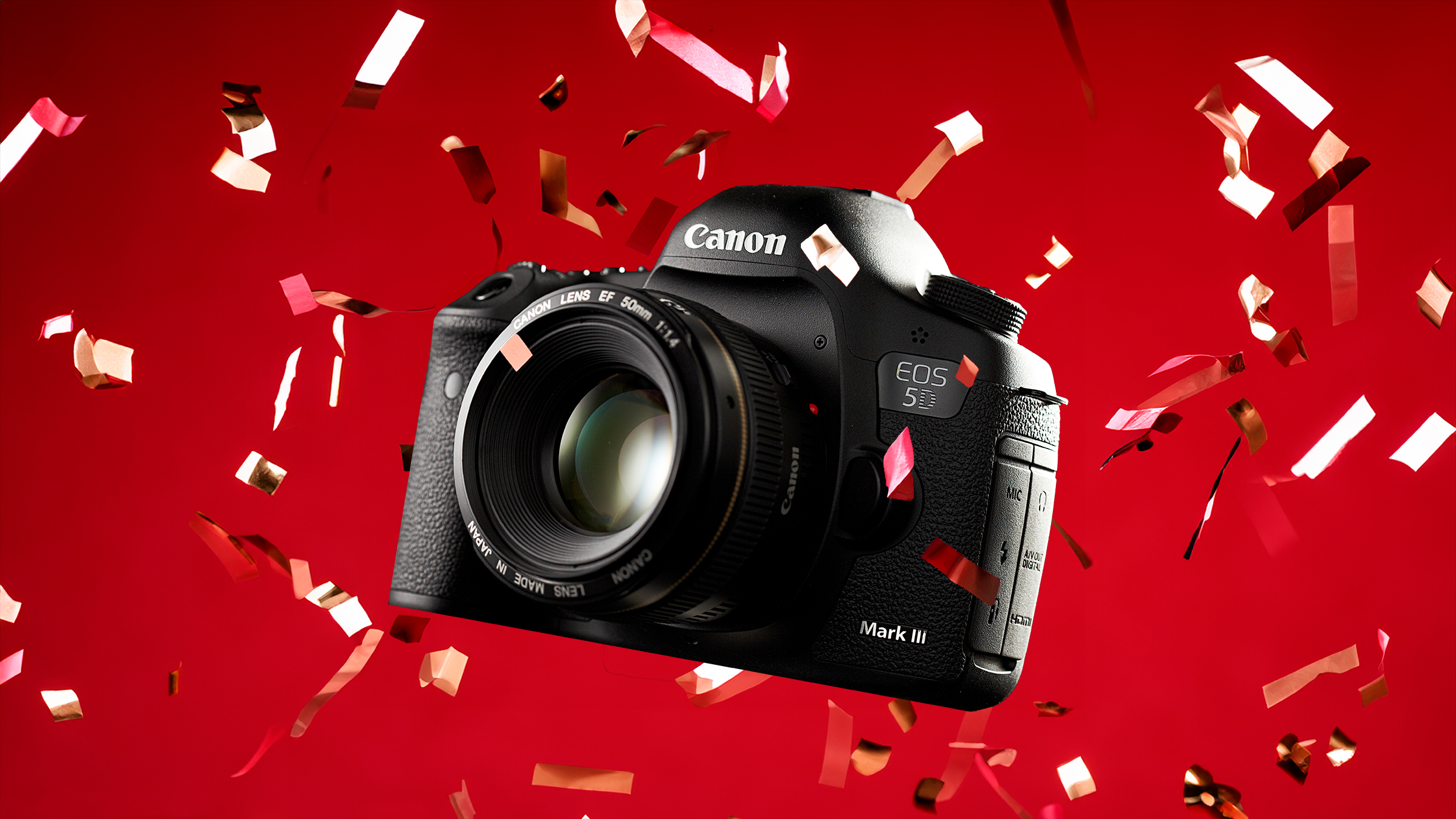10 things you need to know about camera filters – and why photographers still need them!
From polarizing filters to ND grads and close up filters, we tell you how camera filters work and where to get them
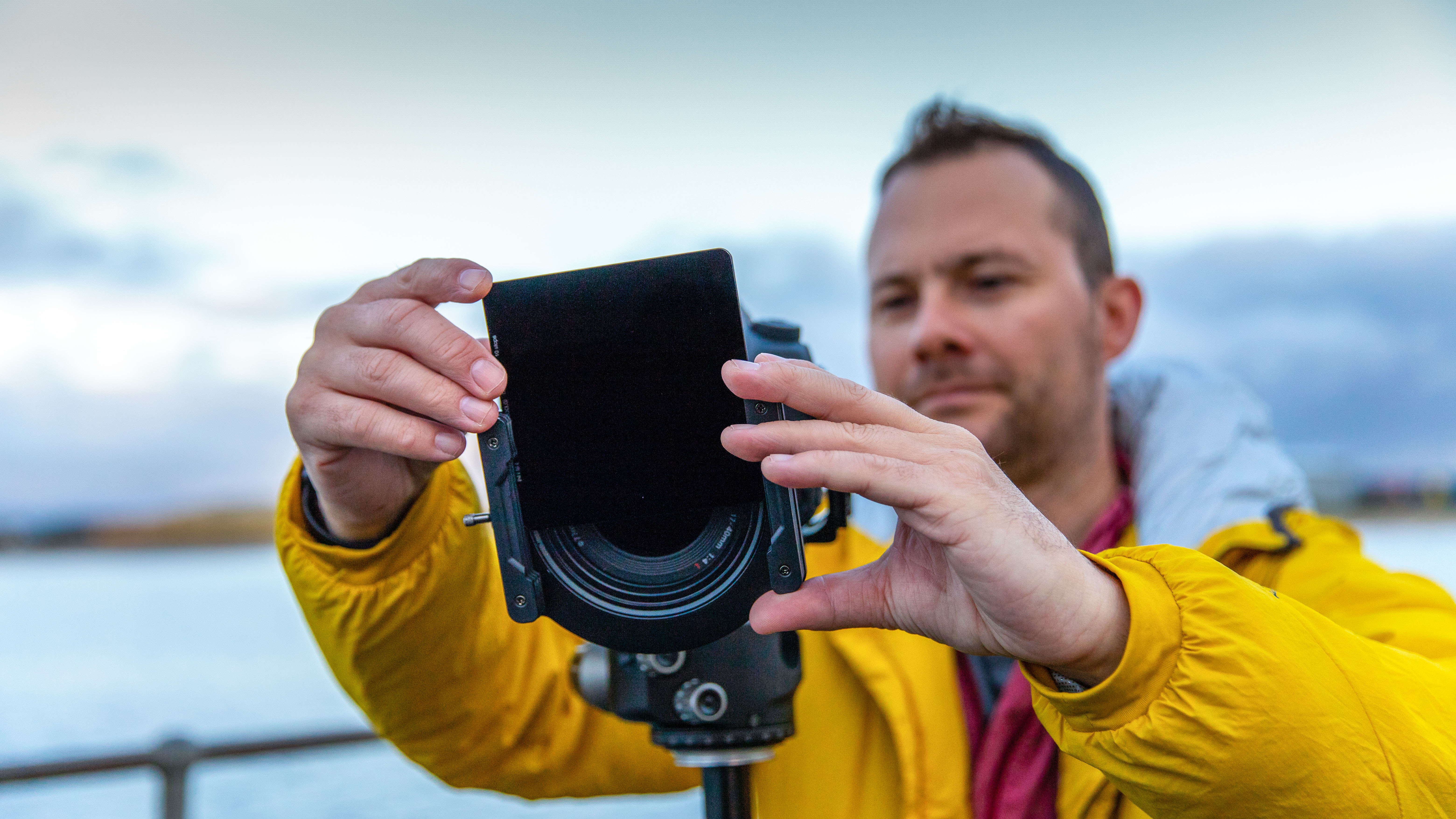
Camera filters are as important and useful as ever they were. There are still things you can’t do in Photoshop, or with an Instagram filters. Photo editing software can only manipulate the image that’s been captured, but physical filters can modify what the sensor actually sees.
1. You can’t fake a polarizer
2. You still need ND grads for landscapes
3. Long exposures need filters, not Photoshop
4. Variable NDs are for video
5. Light pollution filters can fix astro and night shots
6. Close up filters are cheaper than a macro lens!
7. It’s cheaper to replace a filter than a lens
8. Black and white is a special case
9. Square filter systems offer more scope
10. Round filters have pros and cons too
So here are ten things you need to know about filters, the effects they can create that Photoshop can’t, and how to choose the right filters for the subjects you want to shoot.
Or, if you want a shortcut to our specific filter buying guides, here's a list:
• Start by picking the best filter holder system
• These are the best polarizing filters for your camera
• We pick the best ND grads right now
• These are the best ND filters for long exposures
• The best variable ND filters for video
• The best light pollution filters for astro and night photography
• These are the best close up filters for your camera
• Safeguard your kit with the best lens protection filters
Polarizing filters
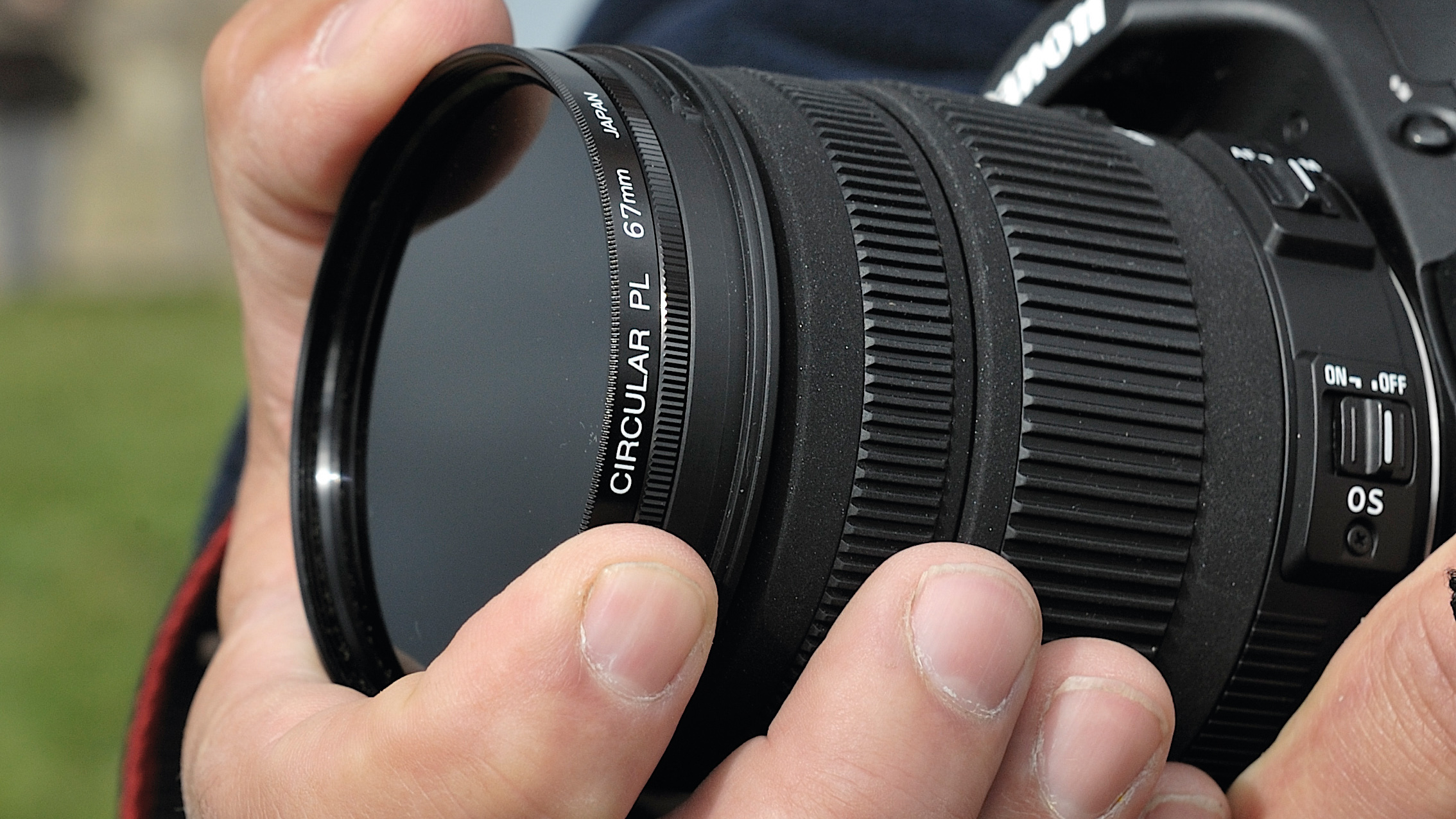
1. You can’t fake a polarizer
We’re expecting a few arguments about this because one of the effects of a polarizing filter is to darken and intensify blue skies, and that’s something you can do in a photo editor.
But polarizers do much more than this. They subdue glare and reflections in glossy surfaces and glass. They make it easier to shoot through window panes and display cases and even water, they reduce reflections in painted surfaces (handy for car photographers), and they can increase saturation and vibrancy in nature shots. You can’t create this polarization effect in software. A polarizing filter is the only way to do it.
For modern digital cameras you need a ‘circular polarizer’. The polarizing effect is different to the old ‘linear polarizers’ to allow for modern sensors and autofocus systems, and the filters themselves are circular to make them easy to rotate – this is how you control the polarizing effect.
The best camera deals, reviews, product advice, and unmissable photography news, direct to your inbox!
You can get polarizing filters that fit straight to the front of the camera lens or fit into the rectangular holder of a square filter system. They’re not cheap, but if you use a square system you’ll only ever have to buy them once. See our buying guide to the best polarizing filters right now.
• How to use polarizing filters for colorful cross-polarization effects
• Use a polarizing filter to cut through reflections
• Use a polarizing filter to get stunning skies in your landscape photography
ND grads
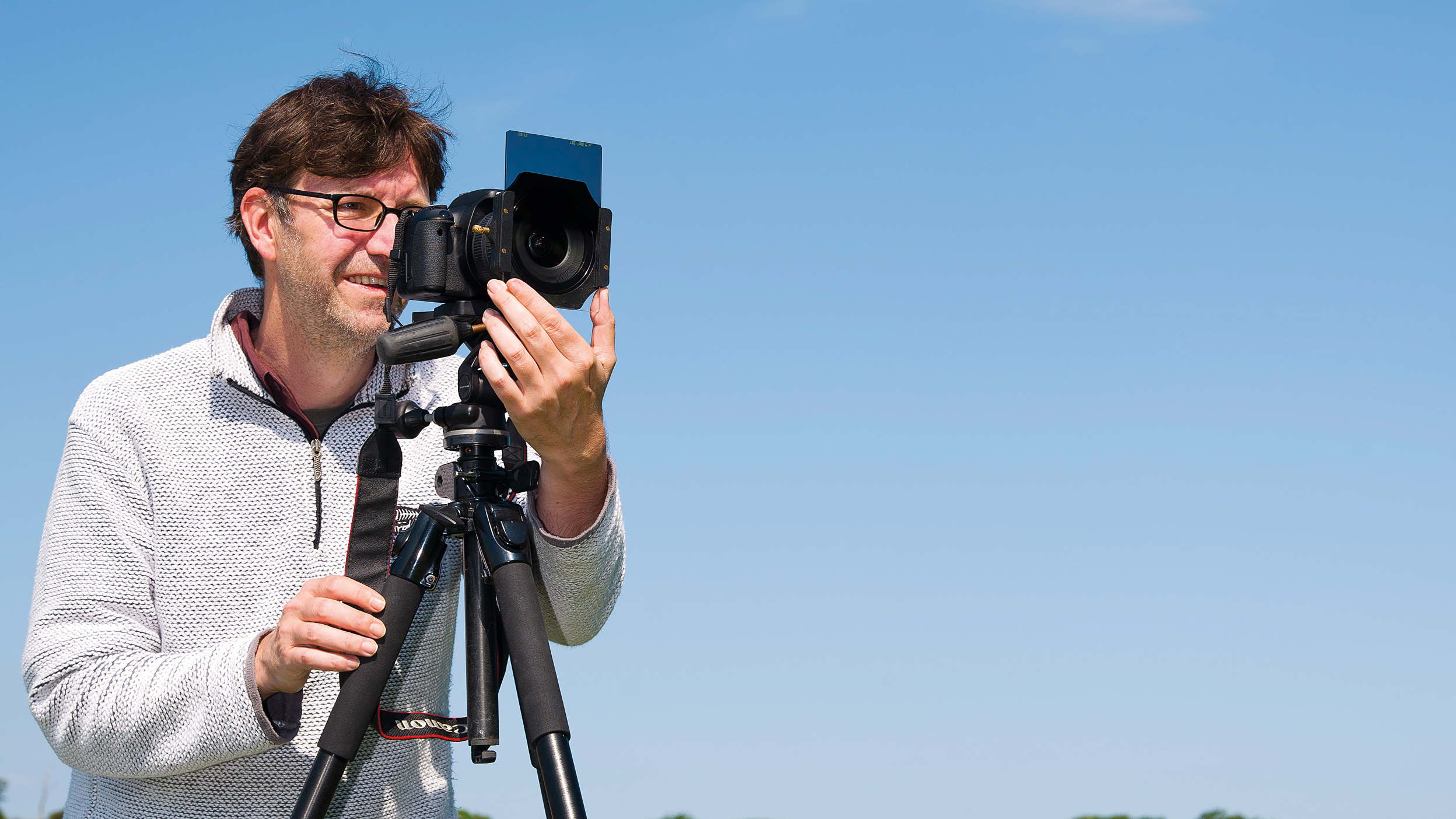
2. You still need ND grads for landscapes
The tricky thing about landscape photography is always the sky. A blue sky with fluffy white clouds won’t give you too many problems because it’s not a whole lot brighter than the landscape itself, so the camera has little trouble capturing detail in both.
No, the trouble starts with overcast skies, sunsets and shooting into the light. Now, the sky is much brighter than the ground, and this brings some series exposure problems. If you set the exposure for the sky, the ground will be too dark, and if you set the exposure for the ground, the sky will be blown out and unrecoverable.
You can bracket your exposures and then merge them with layers in Photoshop or using HDR software… or you can do what landscape photographers everywhere do – use graduated filters.
These are clear at the base but darker at the top, with a ‘graduated’ transition in the middle. They come in various strengths and various ‘grades’ (hard, medium, soft). You use them with square filter holders and slide them up and down to line up the transition with the horizon. Check out our buying guide to the best graduated filters for more.
• How to use an ND graduated filter for stunning landscape photography
• 16 essential landscape photography tips
ND filters
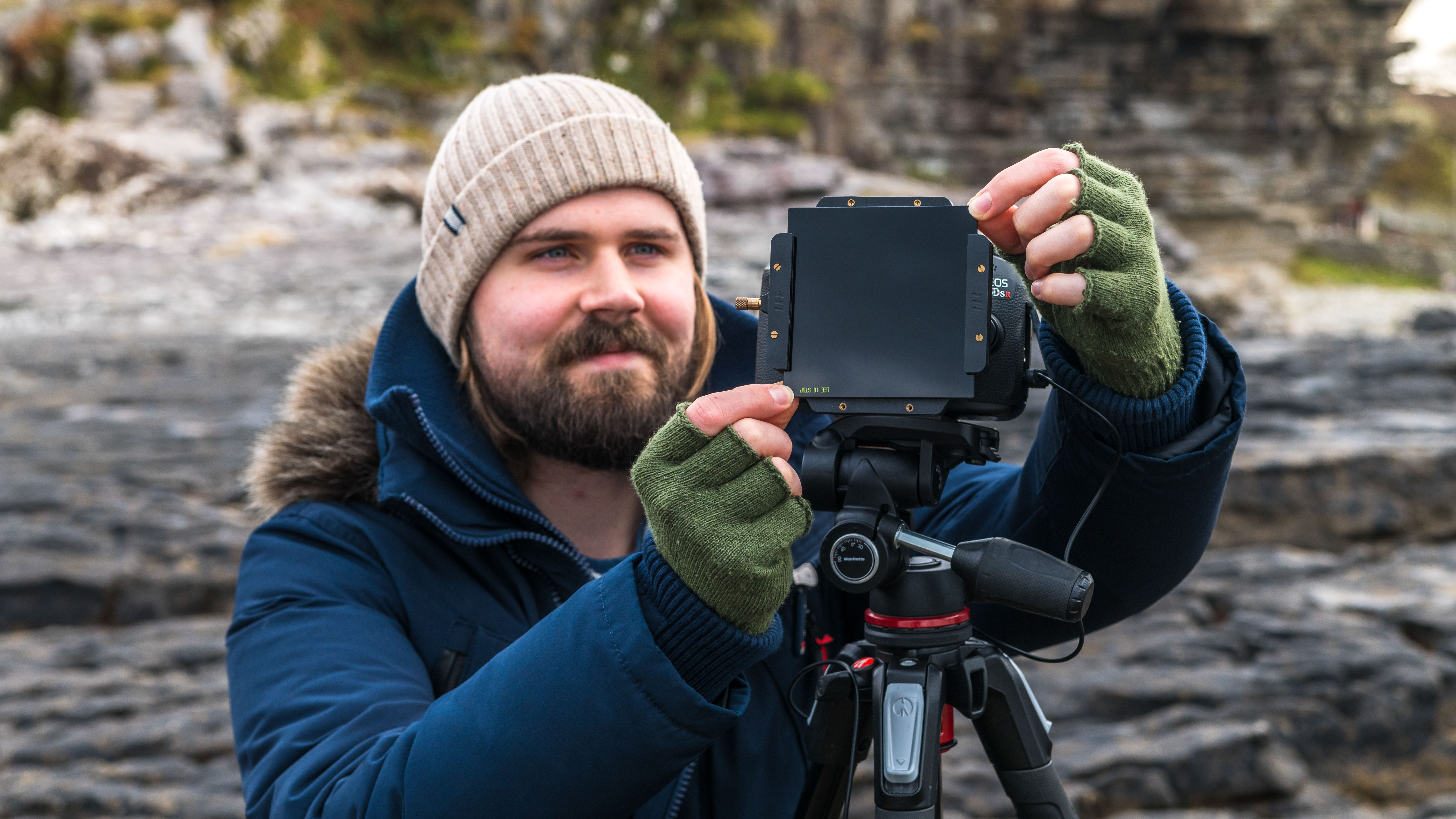
3. Long exposures need ND filters, not Photoshop
Long exposures can make landscapes look lush. Waterfalls and rivers take on a silky smoothness, lakes and seascapes develop a soft, surreal sheen and moving clouds produce soft, impressionistic streaks across the sky.
There’s no magic here – you just need very long exposures of anything from a second to a minute or more (and a tripod, of course). The trouble is that unless you’re shooting at dusk or dawn, there’s too much light! It’s impossible to get exposure times that long, even with the lens set to its minimum aperture.
So what you need is an ND, or ‘neutral density’ filter. These cut the light entering the lens by a fixed amount, measured in EV or ‘stops’, to use the old term. ND filters come in different strengths, but probably the most popular for landscapes is a 10-stop ND filter, like the Lee ‘Big Stopper’
You can get circular ND filters that fit straight to the lens, but most photographers will use square ND filters that slide into a filter holder. Naturally, we have a buying guide to the best ND filters too.
• ND filter photography: master custom filter densities
• How to use ND filters for long exposure photography during the day
• Seascape photography tips: using an ND filter and slow shutter speeds
Variable NDs
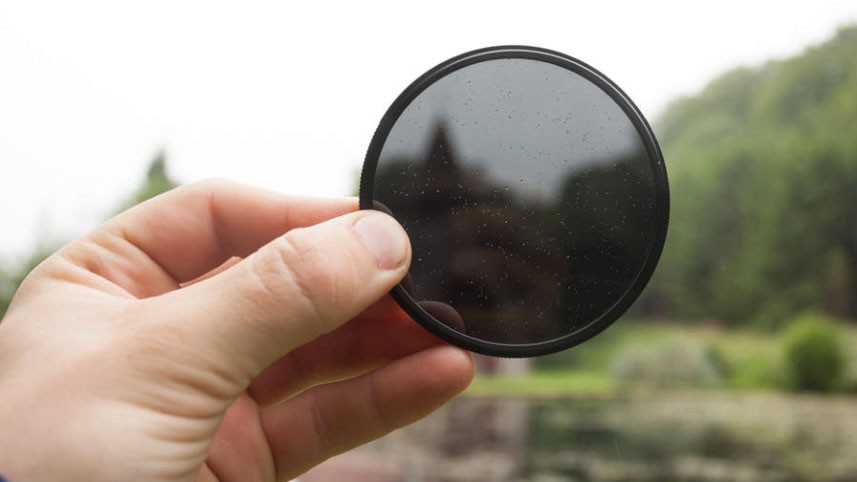
4. Variable NDs are for video
A variable ND filter sounds a great idea for photographers because you can adjust the strength by turning the filter. They can be an alternative to regular ND filters, but only up to a point. First, they’re not very strong. There are a few that go beyond 3-4 stops but you start to get an ‘X’ effect across the picture because of the way they work – by using two polarizing filters in opposition.
In fact, variable ND filters are designed for videographers. In video, you want to keep the shutter speed (shutter angle) constant while filming AND the lens aperture (or ‘iris’) Changing either of these while filming changes the ‘look’ – you or I might not spot it, but a filmmaker will.
So with a variable ND filter, a videographer can adjust the exposure as the light changes – moving from shade to sun, for example, without changing the camera settings.
Variable ND filters are invariably circular (ha – see what we did there?) and fit straight on to the camera or camcorder lens. We have a buying guide to the best variable ND filters if you’d like to find out more.
• The 10 best pro video accessories in 2020
Light pollution filters
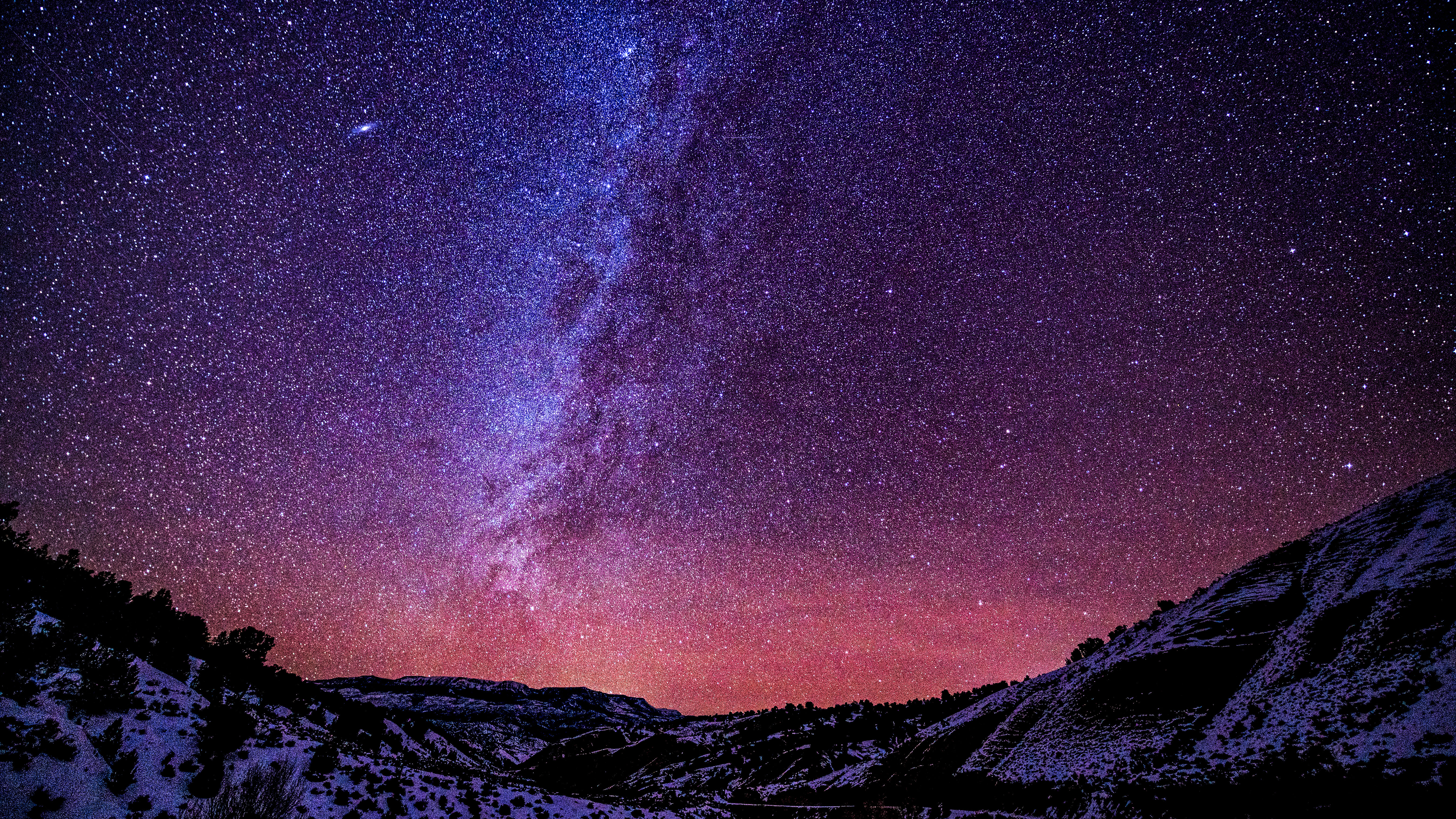
5. Light pollution filters can fix astro and night shots
Light pollution filters are relatively new. They’ve been developed to meet the huge surge in interest in astrophotography and can be really useful for night shots in cities too. The light pollution in question is the yellow/orange street lighting used in cities the world over. This doesn’t just give urban landscapes a horrid yellow tinge, it spills over into the night sky too, so that even if you’re taking pictures miles away from the city, the night skies are still spoiled by a yellow glow.
Light pollution filters work by blocking the yellow-orange part of the spectrum that’s the main output of urban street lighting. They reduce the light, obviously, so that’s likely to mean an exposure increase is necessary, but you’ll be shooting night shots on a tripod anyway, so that’s hardly a problem.
These filters are circular and fit straight on to the camera lens. You can see a selection of different products in our buying guide to the best light pollution filters we’ve found so far.
• The best lenses for astrophotography: fast ultra-wide lenses for the night sky
• Astrophotography tips: How-to guides and videos on getting your best shots
• Star trail photography: tips for achieving amazing astrophotography shots
• 10 quick tips on how to get started with astrophotography
Close up filters
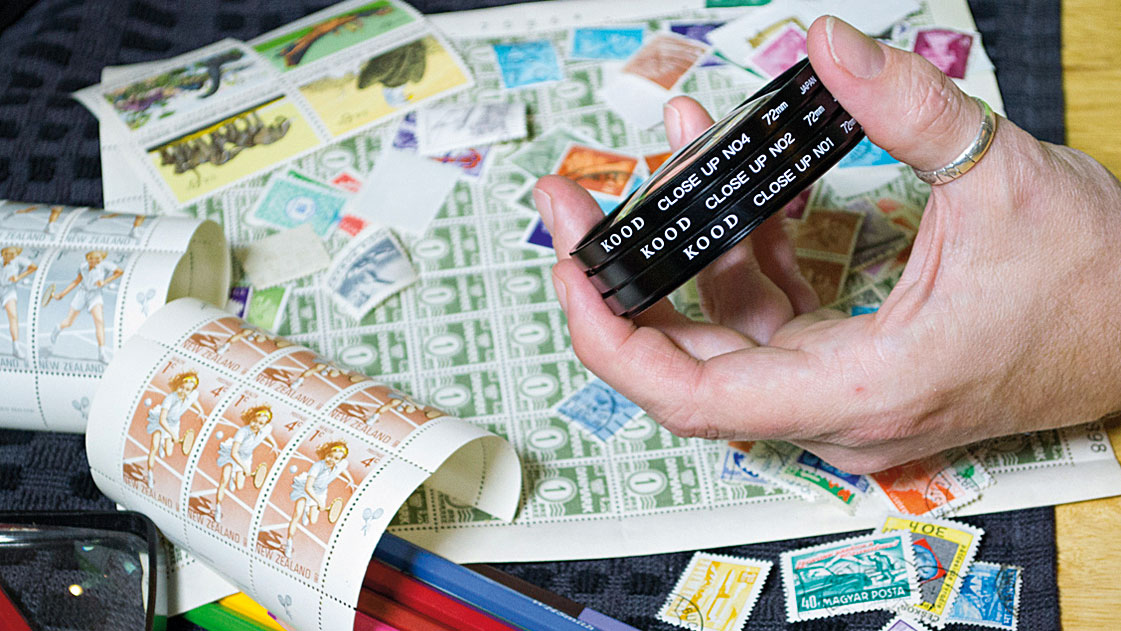
6. Close up filters are cheaper than a macro lens!
Obviously, a macro lens will give you better overall image quality, but if you only shoot close ups occasionally or you’re on a really tight budget, a set of close up lenses could be a brilliant buy.
Close up filters have been around for decades but have been mostly forgotten thanks to the wide range of macro lenses you can buy right now. Strictly speaking, we ought to call these ‘close up lenses’ rather than close up filters, but they screw straight on to the camera lens, just like a filter, so both descriptions can be used.
Close up filters are sometimes sold individually, but more often in sets of three or more with different magnifications or ‘diopter’ settings. It’s the same jargon used for viewfinder eyepieces and reading glasses for close work. You can use one filter/lens at a time or combine them for an even stronger effect.
You can find out more in our buying guide to the best close up filters for your camera.
• Close-up filters: shoot macro photography without a macro lens
• How to shoot close-ups without a macro lens using a reversing ring
Protection filters
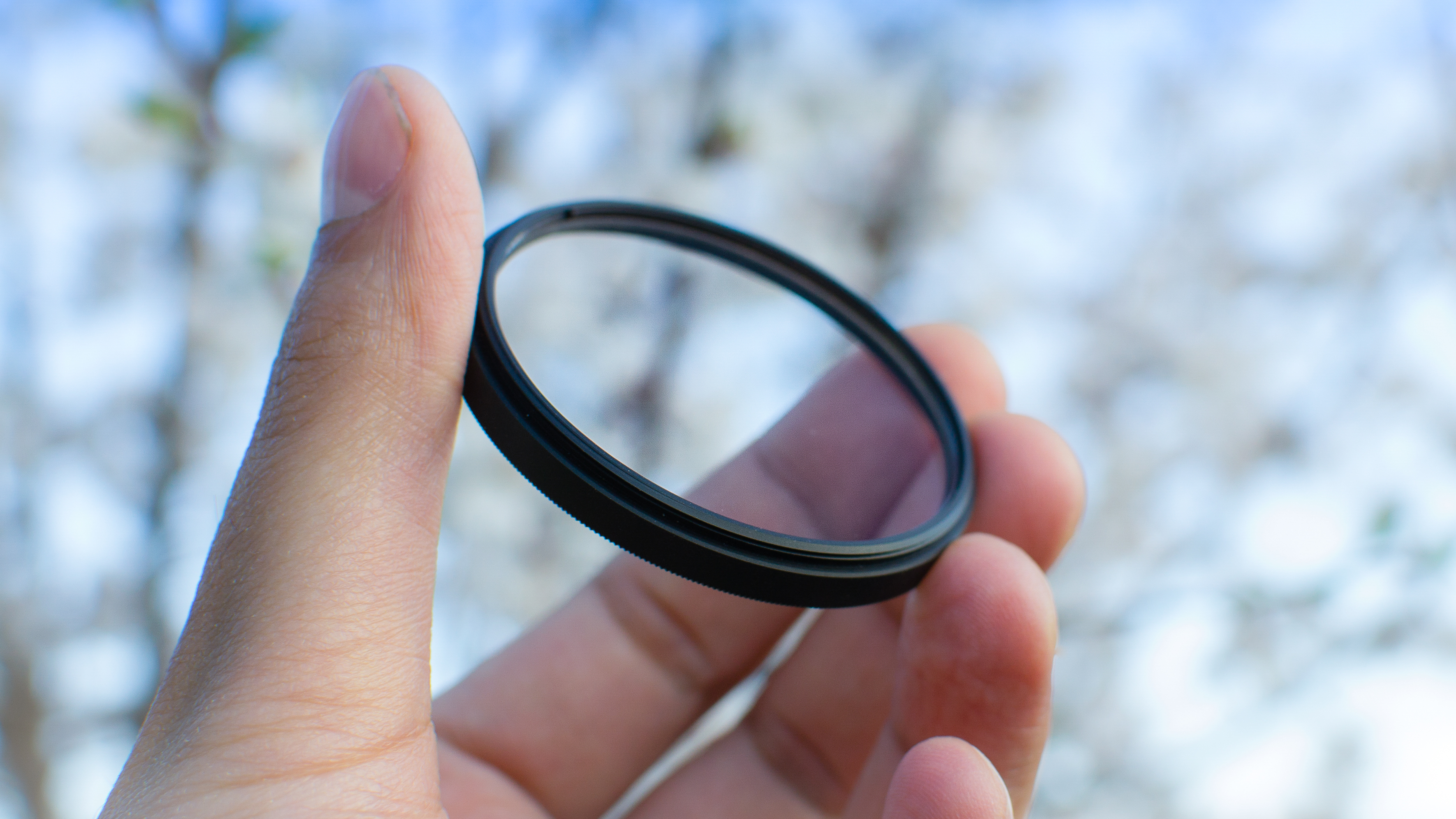
7. It’s cheaper to replace a filter than a lens
Film photographers often used UV or ‘Skylight’ filters to cut through distant haze in landscape shots and take out some of the blue cast from UV (ultra violet) light. Modern sensors aren’t susceptible to UV in the same way, so these filters are no longer strictly necessary – but they do have a secondary value that’s just as useful today. They protect the front element of your (probably very expensive) lens from water, grease, dust, scratches and damaging impacts.
You can still use regular UV or Skylight filters. Their UV blocking properties won’t do any harm, but they won’t do a lot of good either. Some filter makers don’t bother with the UV protection at all any more, and make plain glass filters purely for protection.
UV/Skylight/protection filters are round filters that attached directly to the lens, so you will of course have to make sure you get the right size. We have a buying guide to the best protection filters for lenses to find out more and see what’s available.
Black and white filters
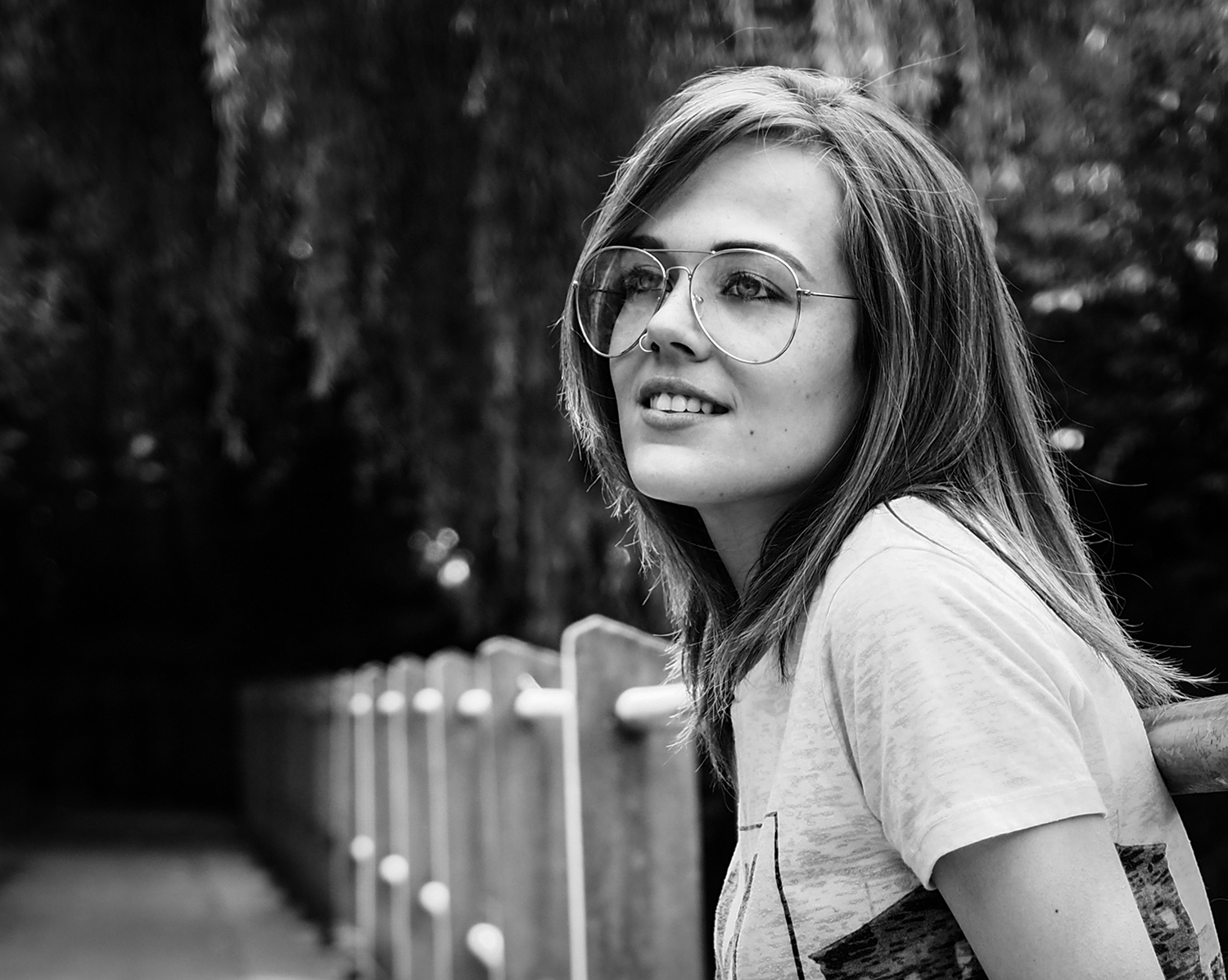
8. Black and white is a special case
In the days of film, black and white photographers regularly used red, yellow, orange and green filters to change the tonal properties of the picture. Red filters block blue light and make blue skies come out darker in black and white, yellow filters make foliage lighter in landscape shots, and green filters can enhance portraits.
They do work with digital cameras, but only up to a point and not in the same way – and it’s because cameras have color filter arrays that capture all colors, even if they have a black and white mode (which just takes out the colors in-camera).
There’s good news and bad news. The good news is that you can use channel mixing and black and white conversion tools in software to replicate the effect of traditional black and white filters but with a lot more control.
The bad news is that manipulating the color channels in this way quickly increases noise and edge artefacts that degrade your black and white images. It’s an unavoidable effect of the way regular camera sensors capture and interpolate color information – a problem black and white film simply doesn’t have.
This is why cameras like the Leica M10 Monochrom and Phase One Achromatic digital back exist. What sounds like a crazy idea actually makes very good scientific sense. Both devices shoot ONLY in black and white and neither has a color filter array. This means you CAN use black and white filters for rich tonal control with no image degradation.
• Black-and-white photography: ultimate tips for the perfect shot
• How to get the best camera set up to take perfect black-and-white images
Square filter systems
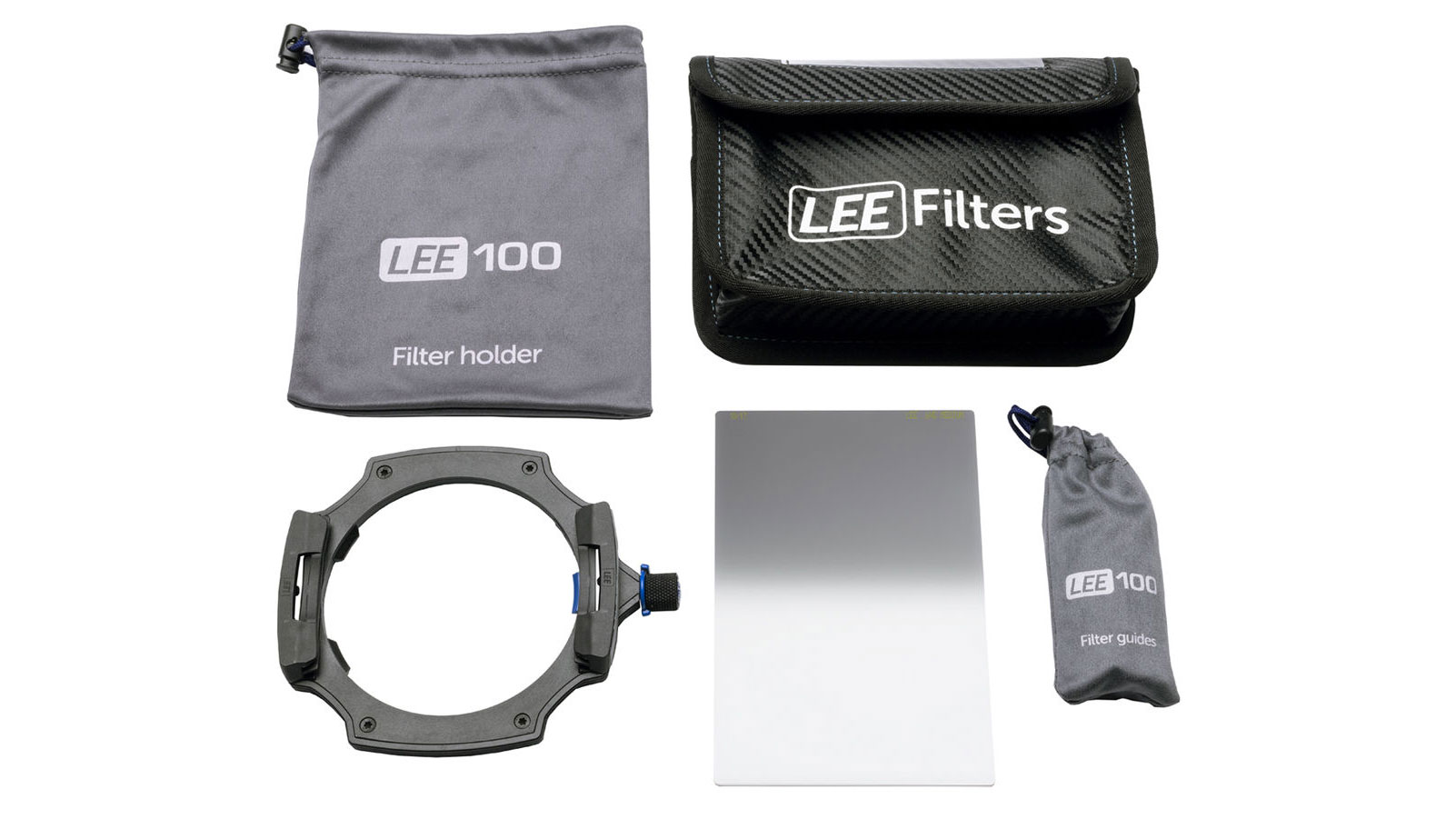
9. Square filter systems offer more scope
Many common filter types are designed for square filter holders. These are bulkier and a bit more complicated than simply screwing a filter to the lens, but they have some important advantages:
- You only ever have to buy one filter holder and one set of filters. You use different size adaptor rings to fit the holder to your different lenses.
- You can combine filters – expert landscape photographers will typically use a polarizing filter and one or more ND grads in combination.
- ND grads only work properly in square holders – you need to be able to slide them up and down to match the horizon, and you can’t do that with a round filter
There are disadvantages. Getting started with a square filter system means a significant cash outlay, and some filter types don’t exist in this square format (protection filters, close up filters, variable ND filters).
Round filters
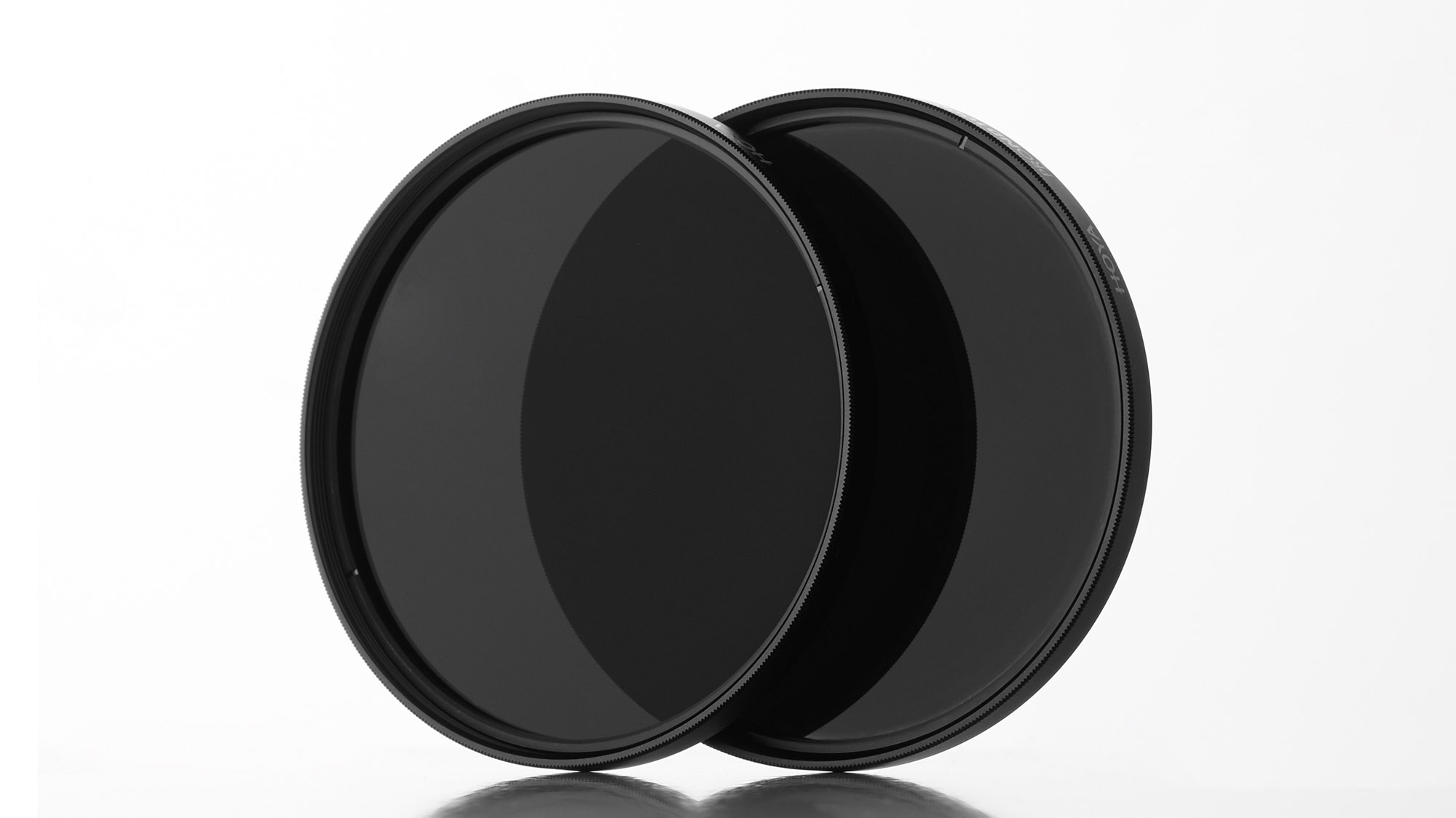
10. Round filters have pros and cons too
Round filters attach directly to the lens, and since lenses can have all sorts of different filter thread sizes, this means you may have to buy a filter in a couple of different sizes, which can quickly get expensive.
On the other hand, you can get round filter types that don’t have square equivalents, including close up filters, lens protection filters and variable ND filters for video.
Some filters are available for both systems, notably ND filters and polarizing filters. A screw-on ND filter is a lot easier to manage in a cold and blustery landscape than a fiddly square filter system.
For the record, polarizing filters for square systems are circular too – but they feed into a special slot in the holder that lets you rotate them to adjust the effect. You will only have to buy one circular polarizer for a square filter holder, but it will have to be a big one, and it’s going to cost more than a simple screw on version.
Read more
So do we really still need filters in this digital age? Yes we do! Photo editing software can manipulate the image that’s been captured, but very often that’s too late. Photographic filters are different. They modify the optical properties of the image and the light ahead of capture, and in ways that software can’t replicate.
• These are the best polarizing filters for your camera
• We pick the best ND grads right now
• These are the best ND filters for long exposures
• The best variable ND filters for video
• The best light pollution filters for astro and night photography
• These are the best close up filters for your camera
• Safeguard your kit with the best lens protection filters

Rod is an independent photography journalist and editor, and a long-standing Digital Camera World contributor, having previously worked as DCW's Group Reviews editor. Before that he has been technique editor on N-Photo, Head of Testing for the photography division and Camera Channel editor on TechRadar, as well as contributing to many other publications. He has been writing about photography technique, photo editing and digital cameras since they first appeared, and before that began his career writing about film photography. He has used and reviewed practically every interchangeable lens camera launched in the past 20 years, from entry-level DSLRs to medium format cameras, together with lenses, tripods, gimbals, light meters, camera bags and more. Rod has his own camera gear blog at fotovolo.com but also writes about photo-editing applications and techniques at lifeafterphotoshop.com
